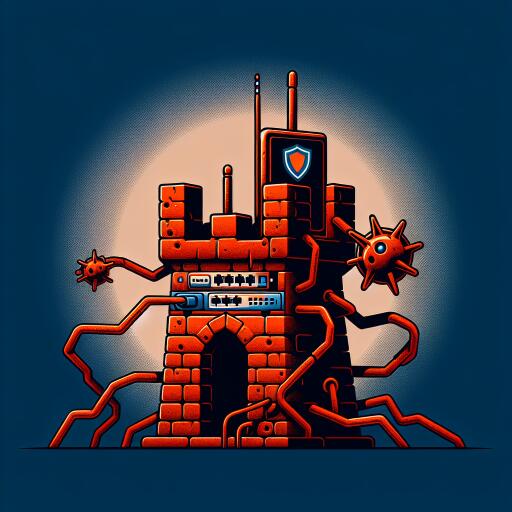New Rust Botnet Hijacking Routers to Inject Commands Remotely – IT Security News
In the ever-evolving landscape of cybersecurity, a new threat has emerged, putting technology industries on high alert. This novel botnet malware, aptly named “RustoBot,” is leveraging the Rust programming language to compromise vulnerable router devices across the globe. The sophistication of RustoBot makes it a formidable player in the realm of cyber threats, with a focus on exploiting critical vulnerabilities in specific router models.
RustoBot has been observed targeting TOTOLINK and DrayTek router models, known for their widespread use in various countries, including Japan, Taiwan, Vietnam, and Mexico. By identifying and exploiting weaknesses in these routers, RustoBot is able to execute remote command injections, potentially causing havoc within the affected networks. This particular tactic underscores the importance of maintaining updated and secure network devices, as attackers are continuously finding ways to exploit even the smallest of vulnerabilities.
The underlying strength of RustoBot stems from its implementation in Rust, a programming language famous for its performance and safety features. Rust’s memory safety guarantees help prevent common bug-induced security vulnerabilities, making RustoBot a resilient and effective tool for attackers. This has also contributed to the botnet’s ability to evade detection and circumvent security measures currently in place to protect vulnerable devices.
Technology sectors in Japan, Taiwan, Vietnam, and Mexico are particularly at risk, given the popularity of TOTOLINK and DrayTek routers in these regions. Companies and individuals using these routers are urged to verify their device settings, ensure firmware updates are applied, and strengthen their overall cybersecurity strategies.
As the dust settles around this emerging threat, cybersecurity experts are striving to reverse-engineer RustoBot, in a bid to understand its mechanics and develop effective countermeasures. Unlike traditional malware, RustoBot’s Rust-based architecture presents additional challenges in terms of complexity and adaptability, making it a significant task for experts to neutralize.
The impact of such an intrusion can be wide-ranging. From disruption of critical business operations to exfiltration of sensitive information, botnet attacks can cause significant setbacks for any organization. RustoBot’s strategic targeting of routers highlights an often overlooked component in cybersecurity strategies. Routers, as fundamental access points to networks, represent a prime target for those seeking to deploy such attacks stealthily.
Addressing the threat posed by RustoBot requires a multi-faceted approach. Organizations must prioritize the deployment of updated security patches and adopt robust intrusion detection systems to identify anomalies. Increased focus should also be placed on user education, as understanding the potential risks and mitigating measures can empower businesses and individuals to better protect their networks.
The cyber landscape’s complexity continues to grow as new technologies emerge and attackers find innovative ways to exploit them. The discovery of RustoBot serves as a timely reminder of the ongoing need for vigilance and the adoption of comprehensive security measures. As the battle between attackers and defenders wages on, staying informed and proactive remains the best defense against such advanced threats.
In conclusion, while RustoBot represents a significant challenge, it also provides an opportunity for the cybersecurity community to adapt and evolve their defenses. By harnessing collective expertise and fostering collaboration among stakeholders, we can mitigate the risks posed by this and other sophisticated malware, ensuring the safety and integrity of our increasingly connected world.










